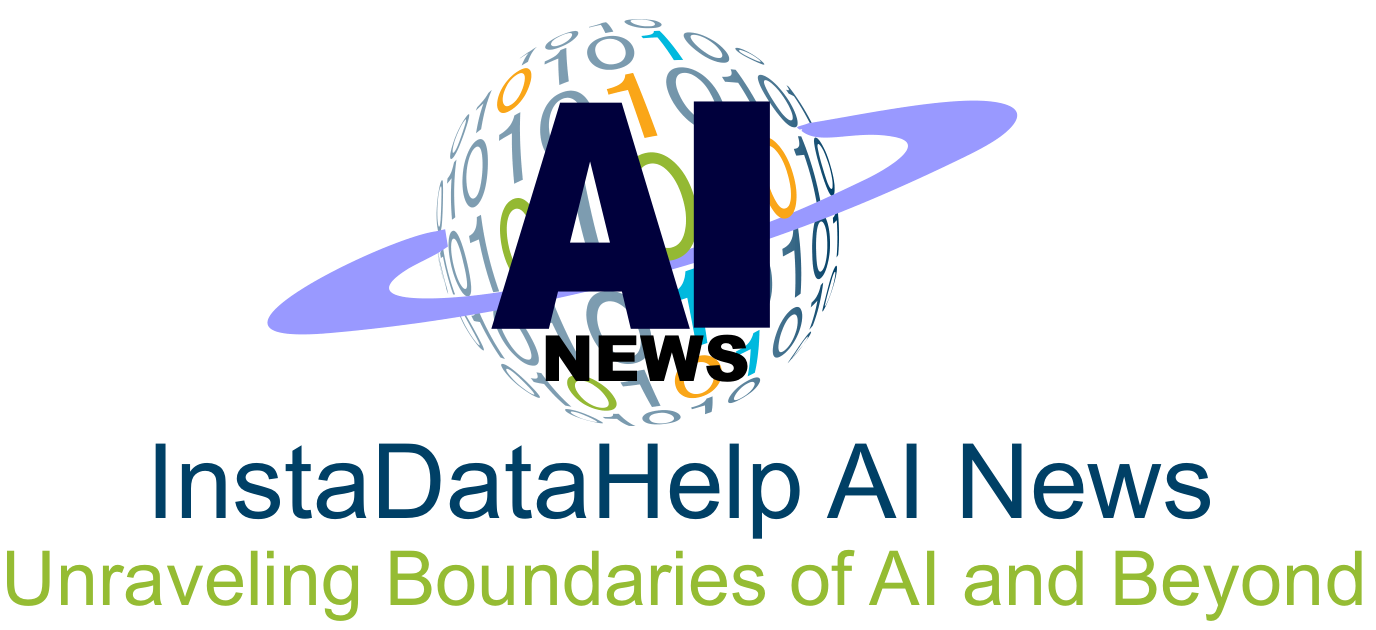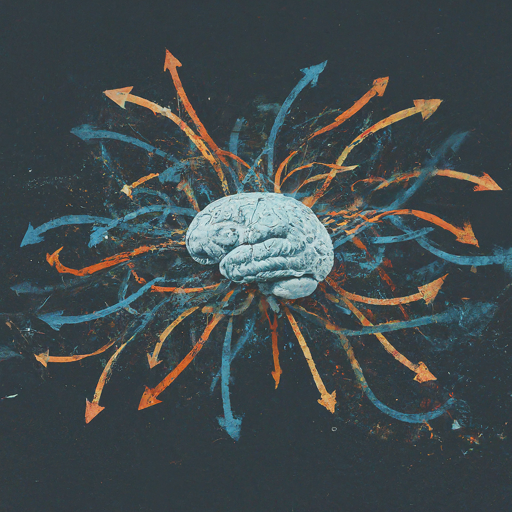Learning from Many Minds: DeepMind’s “Crowdsourced Reinforcement Learning” Technique
The field of Artificial Intelligence (AI) has long dreamt of agents that can learn from a multitude of sources, including the diverse perspectives and expertise of everyday people. Recently, DeepMind, a leading AI research lab, made significant strides towards this goal with their proposed “Crowdsourced Reinforcement Learning” (CRL) technique. This paper, published in February 2024, outlines a system where AI agents can leverage asynchronous data contributions from non-expert users to accelerate their learning and refine their performance. This development holds immense potential for revolutionizing the way AI is trained and deployed, prompting exploration of its implications and the exciting journey ahead.
Breaking Free from Expert-Curated Data: The Need for CRL
Traditionally, AI training relies heavily on carefully curated datasets designed by experts. This approach, while effective in specific domains, suffers from several limitations. Firstly, it is labor-intensive and time-consuming to construct such datasets, hindering rapid AI development. Secondly, expert-designed datasets often reflect inherent biases, leading to AI models that perpetuate these biases in their outputs. Finally, these datasets might not encompass the broad range of real-world scenarios an AI might encounter, limiting its adaptability and generalizability.
CRL tackles these challenges by introducing a paradigm shift – it democratizes the training process by incorporating contributions from non-expert users. This opens up several exciting possibilities:
- Faster Training: By harnessing the collective intelligence of many, CRL allows AI agents to learn and adapt much quicker than with traditional methods.
- Enhanced Diversity: Contributions from diverse individuals with varying perspectives lead to richer data, reducing bias and improving the AI’s ability to handle unexpected situations.
- Scalability: As more users contribute, the data pool expands,enabling the AI to continuously learn and refine its skillset.
The Mechanics of CRL: Learning from the Crowd
DeepMind’s CRL system operates in three key steps:
- Exploration & Interaction: The AI agent explores its environment, taking actions and observing the outcomes. During this exploration, users can provide feedback in various forms, such as guiding the agent towards desired outcomes, highlighting mistakes, or simply demonstrating desired behaviors.
- Data Aggregation & Filtering: This stage involves collecting and filtering user-generated data. Mechanisms are implemented to address noise, inconsistencies, and potential biases in the feedback.
- Learning & Improvement: The filtered data is used to train a “reward prediction network” within the AI agent. This network learns to anticipate the rewards (feedback) it will receive for specific actions, gradually guiding its future behavior towards achieving the desired goals.
Beyond the Paper: Potential Applications and Challenges
The implications of CRL extend far beyond the academic realm. Potential applications span various fields:
- Robotics: Imagine robots learning household tasks or navigating complex environments through user-provided demonstrations and guidance.
- Gaming: AI game agents could adapt their strategies based on real-time feedback from players, creating more dynamic and engaging gaming experiences.
- Personalized Education: Educational AI systems could tailor their teaching methods to individual students based on feedback from parents and teachers.
However, challenges remain:
- Data Quality & Trust: Ensuring the quality and trustworthiness of user-generated data requires robust filtering and validation mechanisms.
- Ethical Considerations: Biases and malicious intent from users necessitate careful design to prevent perpetuating societal inequalities or manipulating the AI for harm.
- Security & Privacy: Protecting user privacy and preventing unauthorized access to the system are crucial concerns that need to be addressed.
Conclusion: A Collaborative Future for AI
DeepMind’s CRL technique presents a significant leap forward in AI development. By harnessing the power of the crowd, we can foster AI agents that are more adaptable, efficient, and unbiased. Moving forward, a collaborative approach involving researchers, developers, and the wider public is essential to navigate the ethical considerations and ensure responsible development of this powerful technology. CRL paves the way for an exciting future where AI learns not just from experts, but from the collective wisdom of humanity, ultimately leading to AI that better reflects and serves our diverse world.

